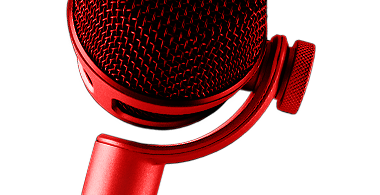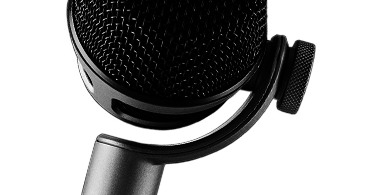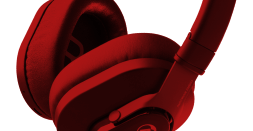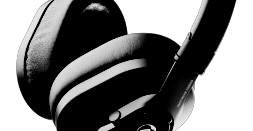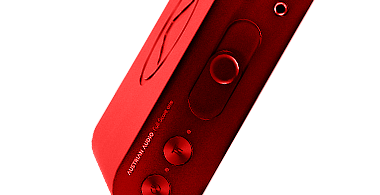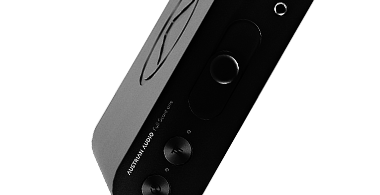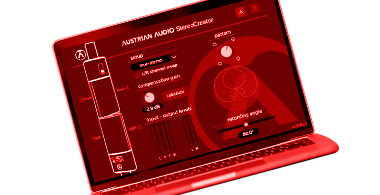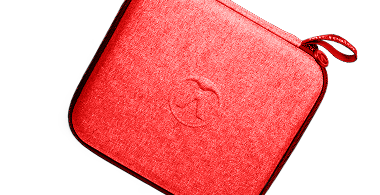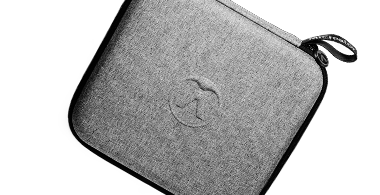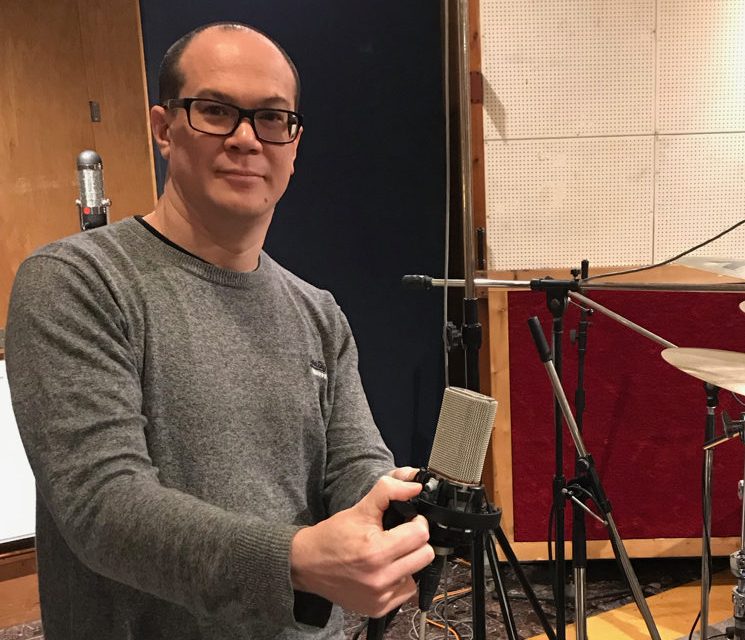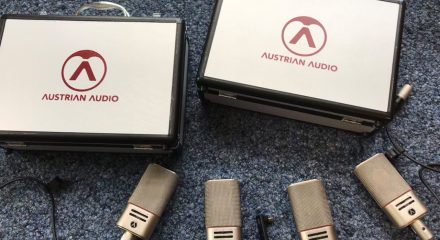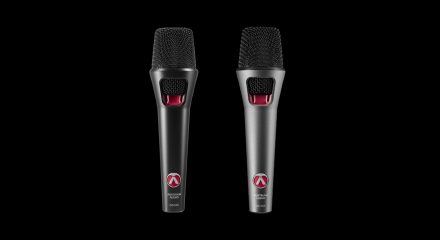5 Reasons To Love The PolarDesigner Plugin
Experienced mixer, engineer and producer, Adrian Hall – who has worked with Alicia Keys, Shakira, The Black Eyed Peas, Robbie Williams, and Robyn – tests out the OC818 and OC18, and gives five reasons why he loves the PolarDesigner Plugin.
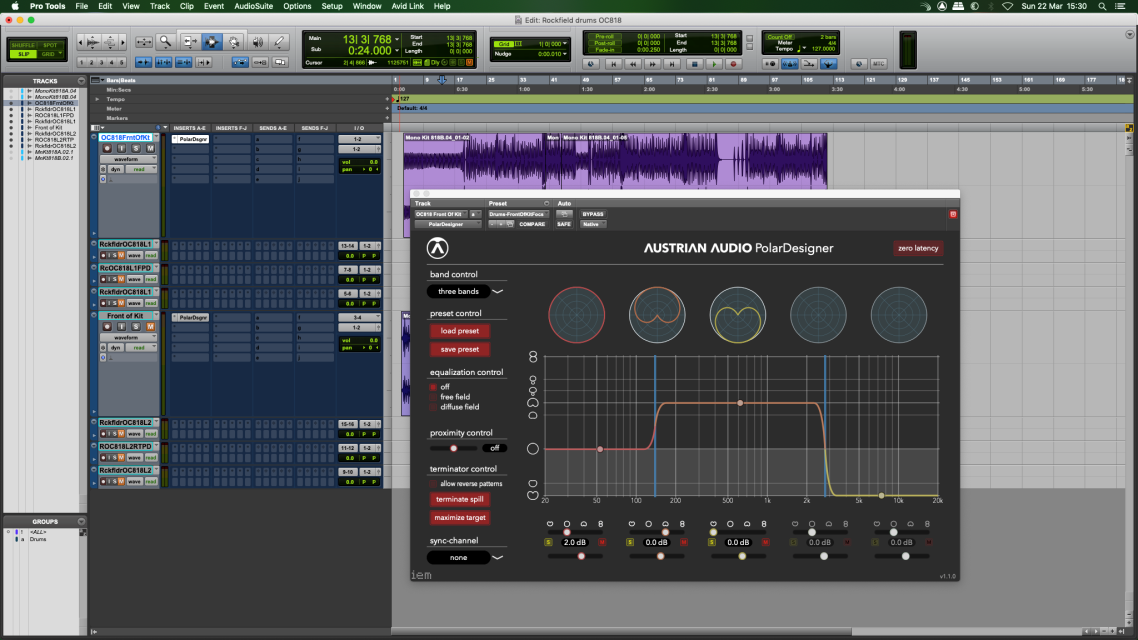
Reason #1: Guitars
It has been fun to use – it’s actually quite useful to be able to slightly change the polar pattern and hence the frequency response on the mic when it’s in front of an acoustic guitar player or guitar amp. I have adjusted the polar patterns using PolarDesigner almost every time that I use the OC818. This ability to tailor the low end also works brilliantly when close-miking an acoustic guitar. Being able to adjust the recorded sound not only by moving the mic around the source, but also adjusting the pickup of the mic itself is really powerful. This means that you can get the best possible sound from the microphone before reaching for an outboard EQ
Reason #2: Vocals
With vocals, I tend to start with the traditional cardioid polar pattern, but then maybe lean more towards Figure 8 for a more pronounced proximity effect, or omni for a tighter low end. The
proximity control parameter within the PolarDesigner plugin is also useful for when cardioid or Figure 8 works best for the overall vocal sound, but when I want to reduce the proximity effect, or boominess. Particularly in less than ideal recording rooms when you want the singer to be close to the mic.
Reason #3: Drums
I have designed two multi-band patterns for the PolarDesigner, which were both intended for use when the OC818 is placed directly in front of a drum kit, or as a mono overhead or room mic. Often, microphones in these positions can sound overly bright or mid-forward, particularly when the drummer uses cymbals and hi-hats that are too loud compared to the drums, or the balance of the kit in the room is not ideal. These presets are designed to bring out more low end and thicker midrange from the drums.
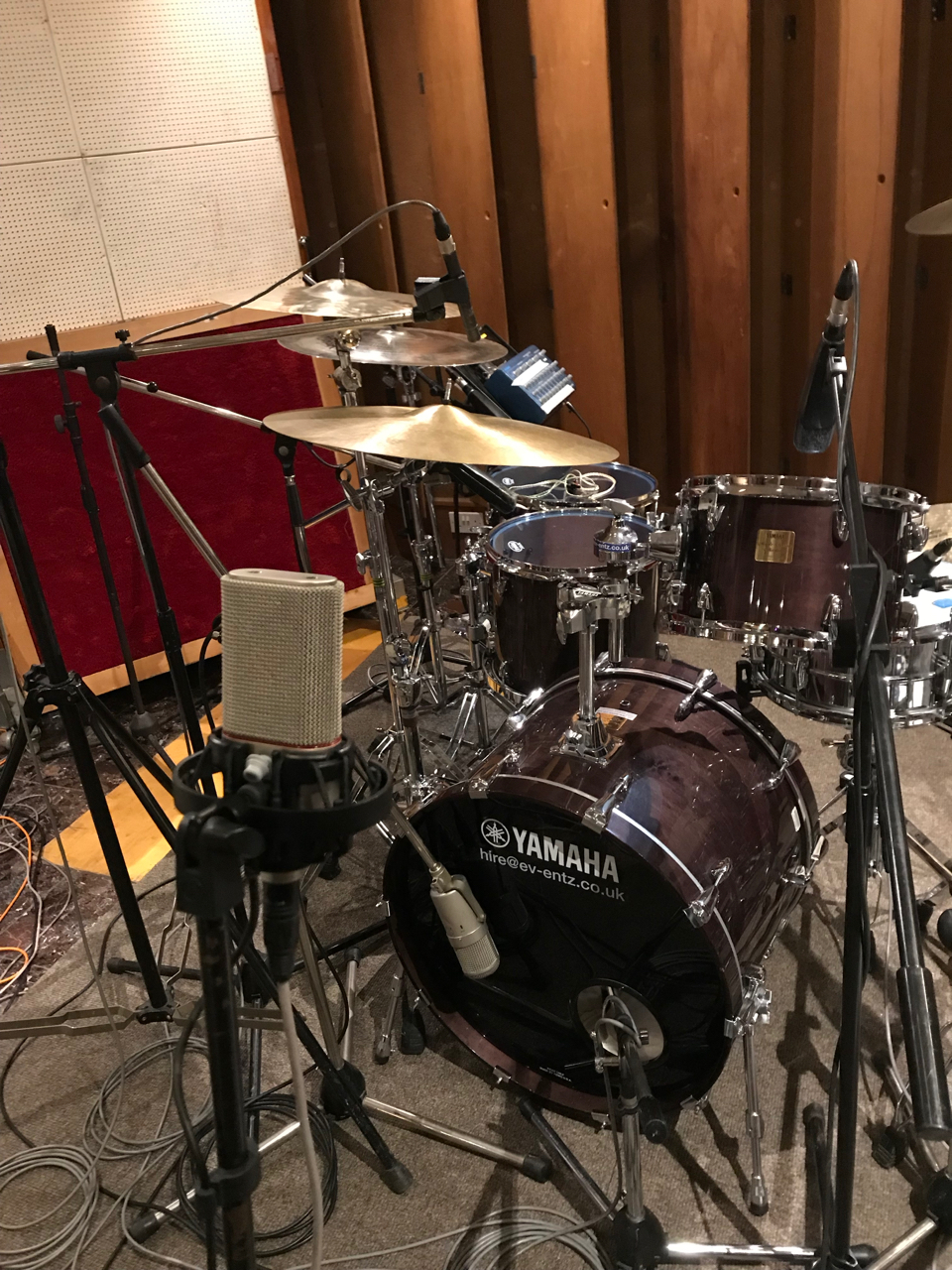
Reason #4: Not A Traditional EQ
The big advantage of having remote control of the polar pattern is that it is not only convenient to be able to adjust the sound from the control room, but it is also very different from using a traditional EQ. For example, in both of my ‘front of kit’ presets, I am trying to reduce cymbal and hi-hat levels and get more of the kick drum and snare in the mic. Traditionally, you would do this using EQ and reduce the top end or high-mids in the mic, with the result that as a whole, the recorded sound would be duller. Now, with the reverse cardioid pattern that I’m using on the high frequency band in the presets, I am still allowing top end into the mic, but it’s coming into the back of the mic from the reflections in the studio live area. So the direct signal from the top end sources is reduced, but the recorded signal from the mic as a whole does not just sound dull.
Reason #5: Control
The control that this gives to recording engineers is great – particularly when we’re recording on location, in less than ideal live rooms – like rooms in people’s houses, or hotel rooms.
The Mics

Hall also tested the mics. His first impressions:
- My first impressions of both of the Austrian Audio mics was that they were the best-sounding [AKG] 414-type mics that I had ever heard.
- What particularly impressed me was the detail and extended top end of the mic that was true to the source in the room, but without adding any harshness or peakiness in the upper frequencies. And also the low-end reach of the mics is great – this is not sacrificed at all. It’s just really open and beautiful-sounding.
- One thing that surprised me about the mics was how impressive they sounded on guitar amplifiers. I don’t usually use condensers on guitar amps as they tend to be a bit bright and can be harsh and brittle, but these mics have such a smooth upper, mid and top end response that they sounded superb on almost every amp that I tried them on.
- I have used the OC818 to the test on acoustic guitars and percussion.The multi-pattern OC818 has proved very useful as a ‘front of kit’ microphone, where I can adjust the polar pattern of the mic to vary the frequency response of what is captured.
- It’s a real game-changer. Also, I was never a huge fan of 414s on lead vocals, but when I’m working with a singer that I’ve not recorded before, I often put the OC818 up next to a U47-type capsule microphone to see which kind of mic the singer sounds best on. It’s won shoot-outs against some big name microphones!
- I am now the owner of a pair of OC18s and one OC818. I use one, or all of them, on every recording session! These mics are sure to become studio standards, without a doubt!
